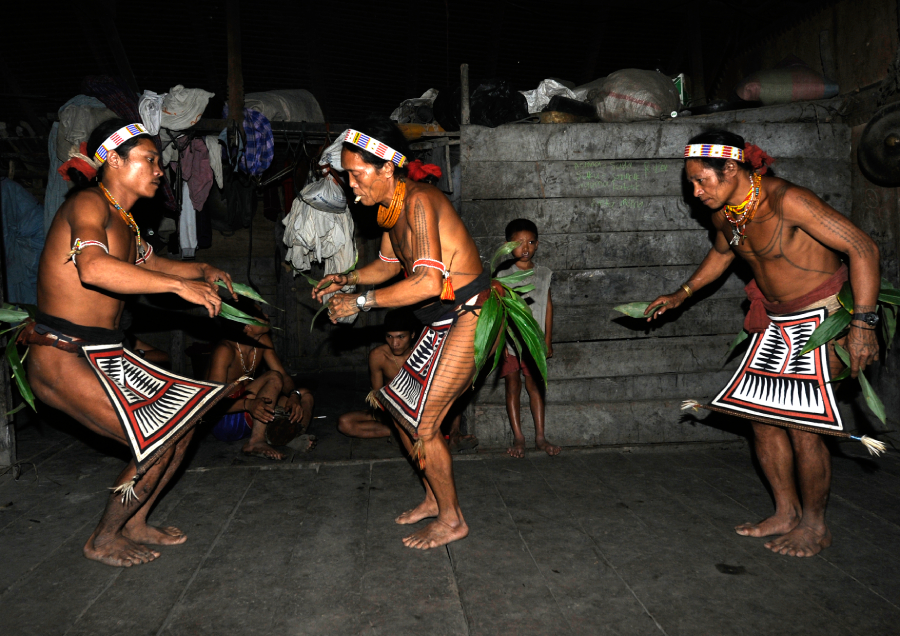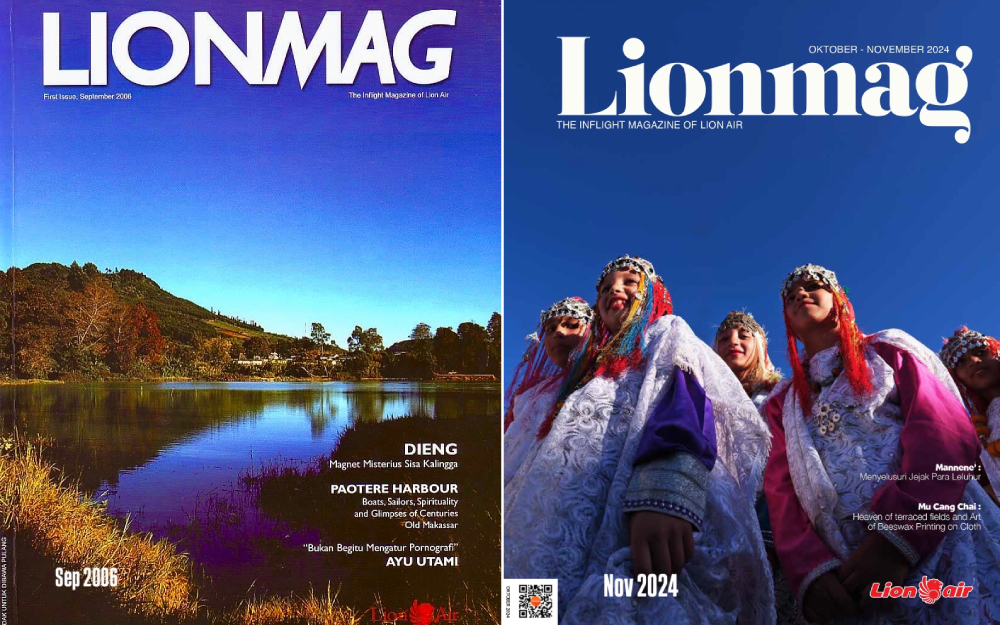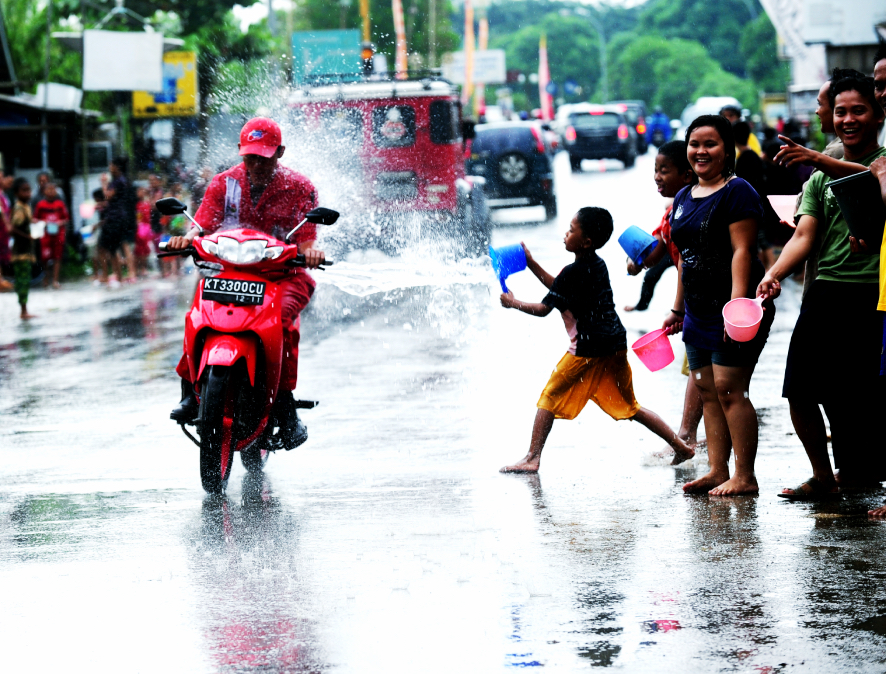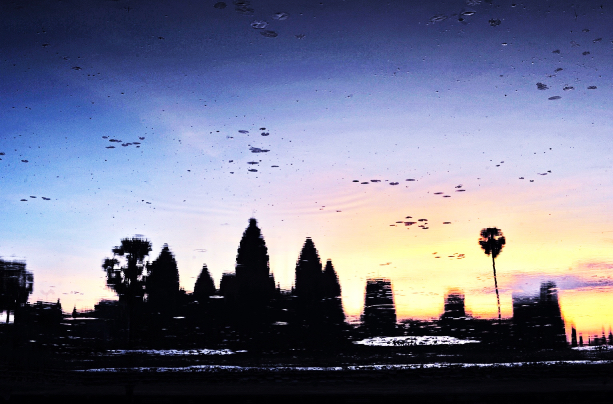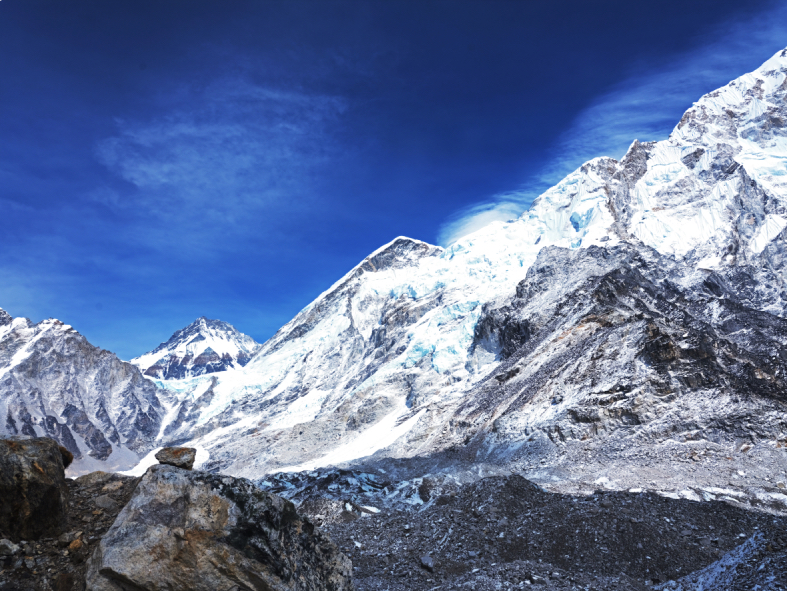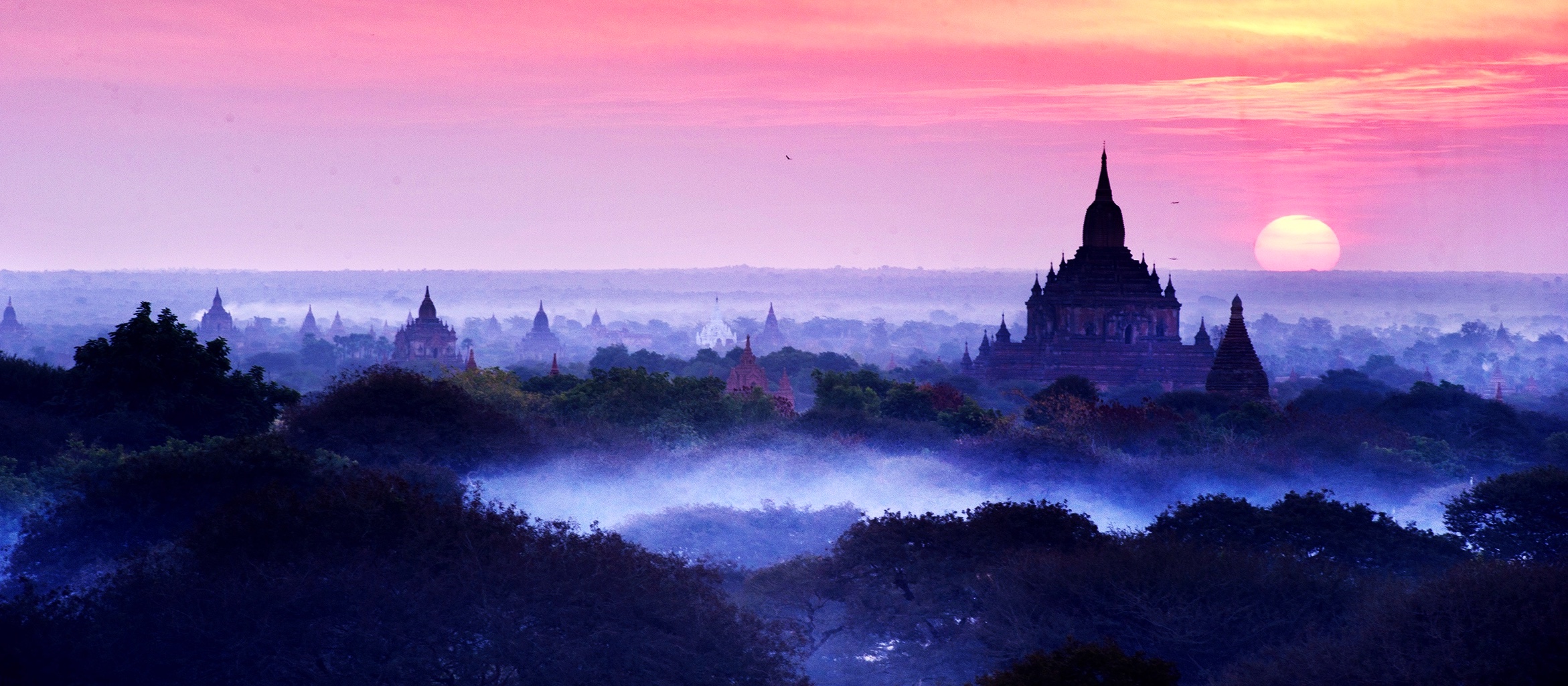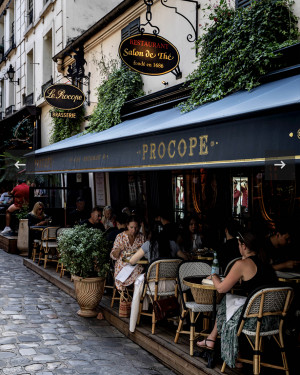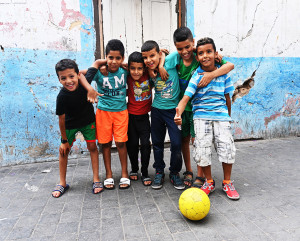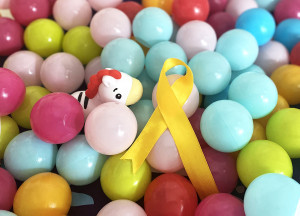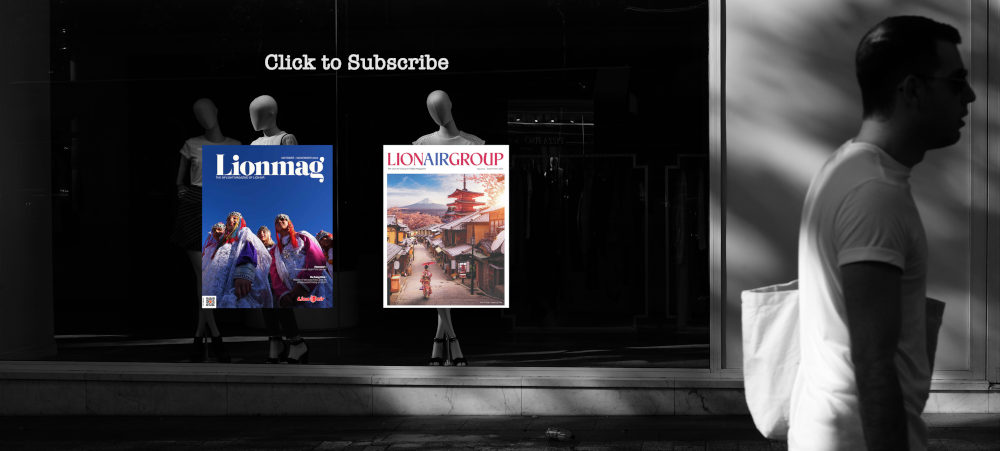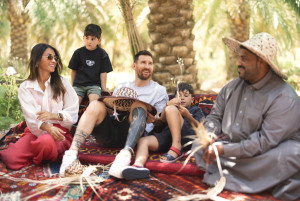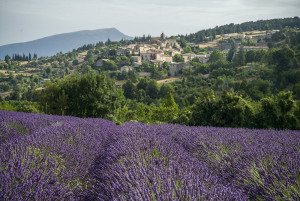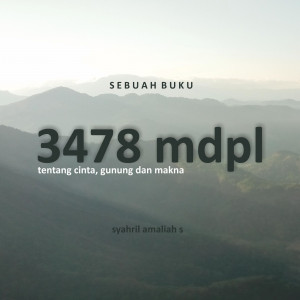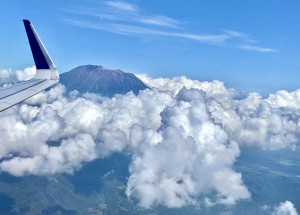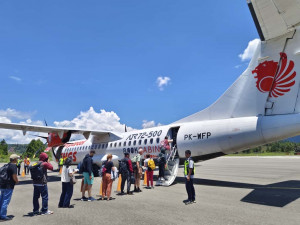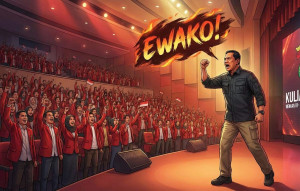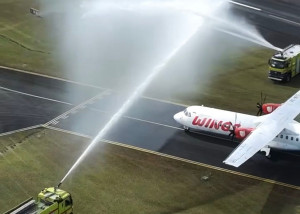After a ten hour overnight voyage, just after dawn our ferry approaches the harbour on Pulau Siberut in the Mentawai Islands. I peer outside to be dazzled by the lush green jungle seemingly almost growing out of the wharf itself. Over the past twenty four hours my world has changed completely - from the comfort of a new Lion Air Boeing 737-900 from Jakarta to Padang’s modern airport, followed by an all night journey to arrival in what is literally another world – the land of the Mentawai people.
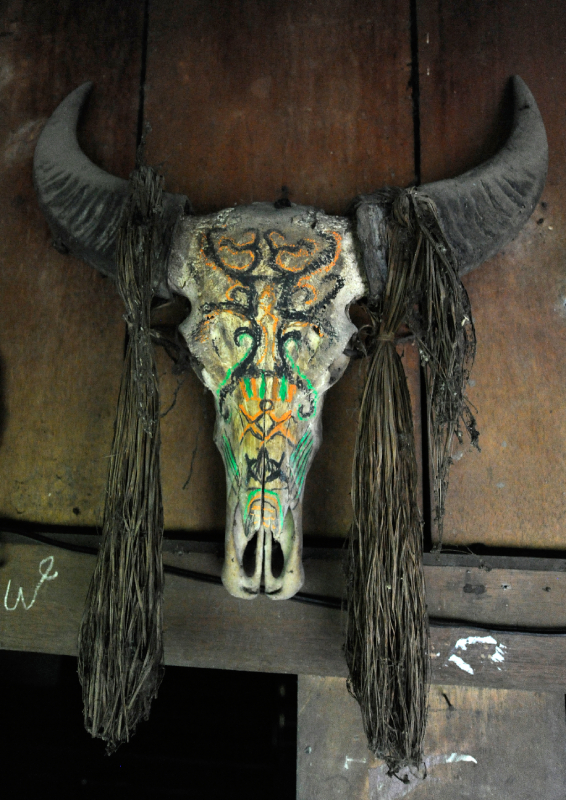
At the start of our journey in Padang in mid August 2009, still bustling and as yet untouched by the major earthquake of 30 September 2009, my son Robbie (aged 20) and I were met by Pak Elvis Kasmir, the CEO of Regina Adventure (info@regina adventures.com, 081267745464), an excellent travel agent based in Padang specialising in Mentawai trips.
After a delightful dinner of masakan Padang (what else here!) we joined our fellow travellers on the overnight ferry. The passengers included a large number of Indonesians, a handful of western travellers seeking to experience either the legendary Mentawai surf or the remarkable culture of these islands, several Imams from Pakistan, and even a Catholic priest from the United States whose passions in life were religion and surfing although I am not sure in which order.
The banter of this mixed group on the overnight journey varied alternated through a number of topics from religion to surfing, but most passion seemed to reserved for the surf. With the sounds of the lapping of the waves, a diesel motor and pounding rain in the background, I thought of a T-shirt Robbie owns with the inscription “God invented surfing so that intelligent people would not rule the world.”
At the port of Maura Siberut, motor cycles and small vans radiate out on the few kilometres of roads on Siberut. The ferry, a few warung and the mesjid here are the only real direct link with Padang and its people. Venture more than a kilometre or so from here, and you are immediately in the jungle home of the Mentawai.
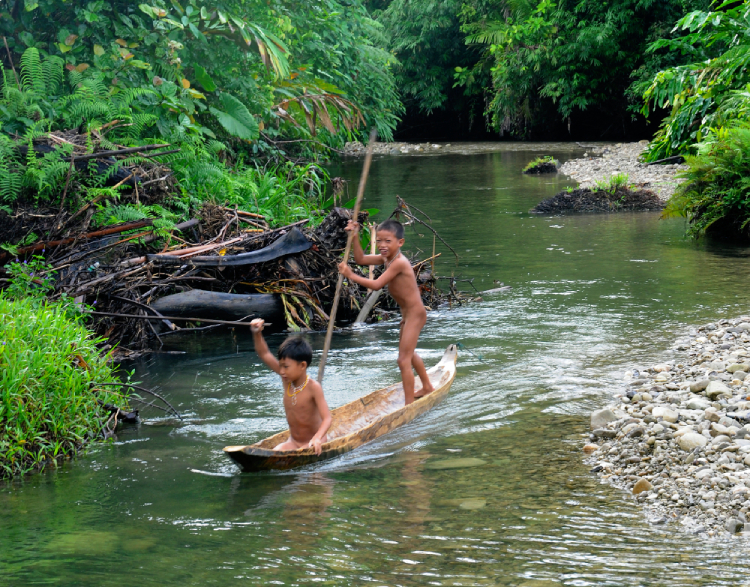
The Mentawai islands lie about 100km west of Padang. They are completely isolated from West Sumatra by a deep ocean trench. Siberut, about 100 kilometres by 50 kilometres, is the largest of the four main islands. Apart from a few people from Padang and other parts of Indonesia who live on the coast, the entire population of these islands are the Mentawai people themselves. While retaining many ancient traditions, Mentawai society remains remarkably complex.
Bearing little or no cultural connection with people on the mainland, it is believed that Mentawai islanders migrated to the islands many thousands of years ago. While Christianity is notionally the religion of many islanders, they adhere to a form of animism almost entirely untouched Hinduism, Buddhism or Islam. Having one of the best preserved cultures in Indonesia, there was in the past some effort by the Indonesian government to force the local people to live in villages or towns on the coast. Happily this has to some extent ceased and the Mentawai people are again resorting more to living in traditional ways.
Immediately on arrival Robbie, Ed (our Minang guide) and I head off for the river. Travel around and into the interior of these the islands involves either a motorised canoe or slogging through the mud of the dense jungle here. Wandering past the few orchards of Muara Siberut, we climb down the muddy bank, step over a couple of floating logs and board our craft for the trip upriver to Badoby. We have been joined by our Mentawai companion and guide for a few days. He tells us, with a broad smile. that his name is “No Have Chicken”. He acquired the name because any chicken which came into his possession had an unfortunate habit of quickly passing on to the next world as a result of illness or an unfortunate accident.
As our motorised canoe winds its way up the snaking river, the banks are lined with jungle and sago palms. Here and there the jungle partly overgrows the river. Flocks of hornbills fly overhead. The only sign of humans are in boats passing up and down the river or a canoe tied to a grooved log used as a near vertical access to the house or houses above.
Arriving at Badoby we slither and slip up the bank through the mud then wander through the jungle for a few hundred metres, mostly along a narrow muddy path, or over lines of logs cut as an elevated path over mud and stream crossings. Finally we reach our destination for the night - it is not a kampung in the normal style of Indonesian kampong but is rather a clan house or uma with a number of surrounding houses.
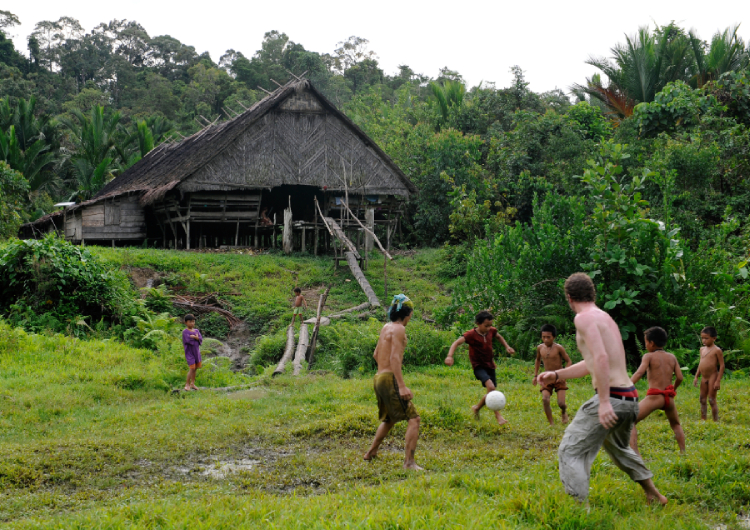
Mentawai society is structured around clans. About a dozen families make up a clan which has a traditional house or uma. While all members of the clan are entitled to live in the house, often couples will live somewhere else. The inside of the house is lined with skulls of animals killed for food (such as pigs) and animals killed on hunting expeditions (monkeys, pigs and deer). Carved birds with magical significance hang from the entrances to the houses. Tattooed members of the uma, many carrying a bow and arrows, come and go throughout the day. The skin of most Mentawaian men bears symmetrical patterns of tattoos. Many others will have their teeth chiselled.
The next day we head a further four hours into the jungle to the clan house at Bad Butui. After walking about a kilometre from the main stream, we reach the clan house. In an exquisite setting surrounded by jungle we take up residence for three days witht the Salakirat clan. This clan, headed by its chief Aman Laulau, comprised approximately 23 couples and their children, maybe 150 in total.
Staying here for a few days is a wonderful and truly unique way to experience the wonderful culture of the Mentawai. The days are spent doing all sorts of activities around the uma – from swimming and boating in the beautiful clear river right in front of the uma to making bracelets, a bark loincloth, even poison for arrowheads for hunting expeditions. Afternoon games of football involving Robbie and the locals become a popular daily event.
There are excursions into the jungle for all sorts of fascinating reasons – from making sago to gathering portions of plants to concoct poison to place on arrow heads. The following dawn saw Robbie heading off into the jungle in pursuit of monkeys with a Mentawai hunter, his dogs, a bow, and the poison arrows. While not involved in more adventurous pursuits like hunting, the Mentawians spend most of the their time cultivating sago and vegetables, raising chickens and pigs, and fishing. The whole journey gives a whole new meaning to the expression “culture shock”.
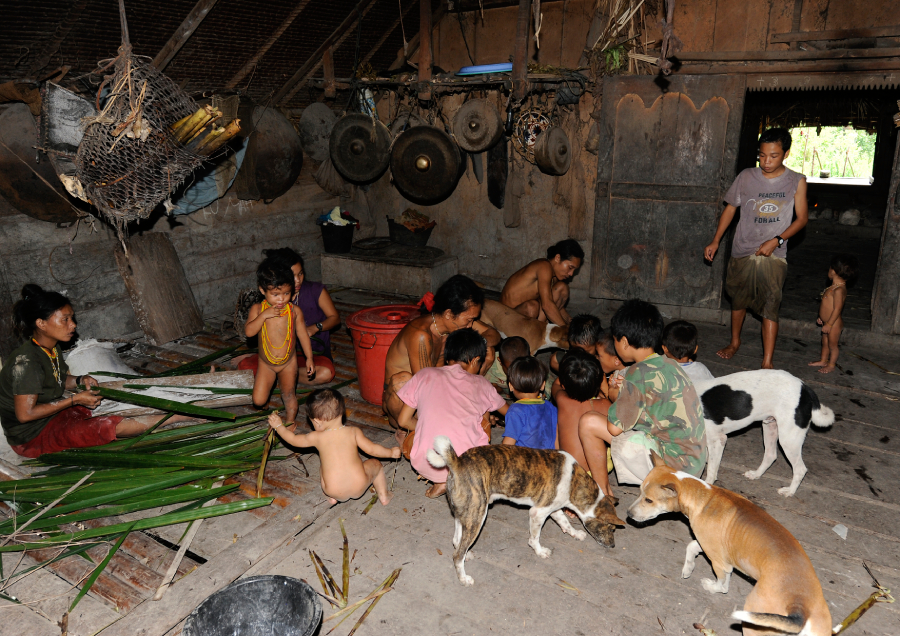
With the journey and all its surprises seemingly over, we head back to Muara Siberut to board the boat to Padang. Good surf is bad news for the Padang ferry – it is delayed for a day or so on account of sea conditions between Padang and Siberut. About three hours back towards Padang the ferry is hit with a bang and shudders. A mechanical check discloses nothing wrong but the radio soon reveals that Siberut has just been struck by a 6.9 magnitude earthquake and what we have felt is the shock wave hitting the ferry. Unlike its tragic successor which struck Padang just a few weeks later, this earthquake does no damage.
Just on evening we arrive in Padang. The sound of the azan, the bustle and the endless stream of motorcycles remind Robbie and me we are truly back in a very different world to the wonderful world of the Mentawai – a world literally like no other.
